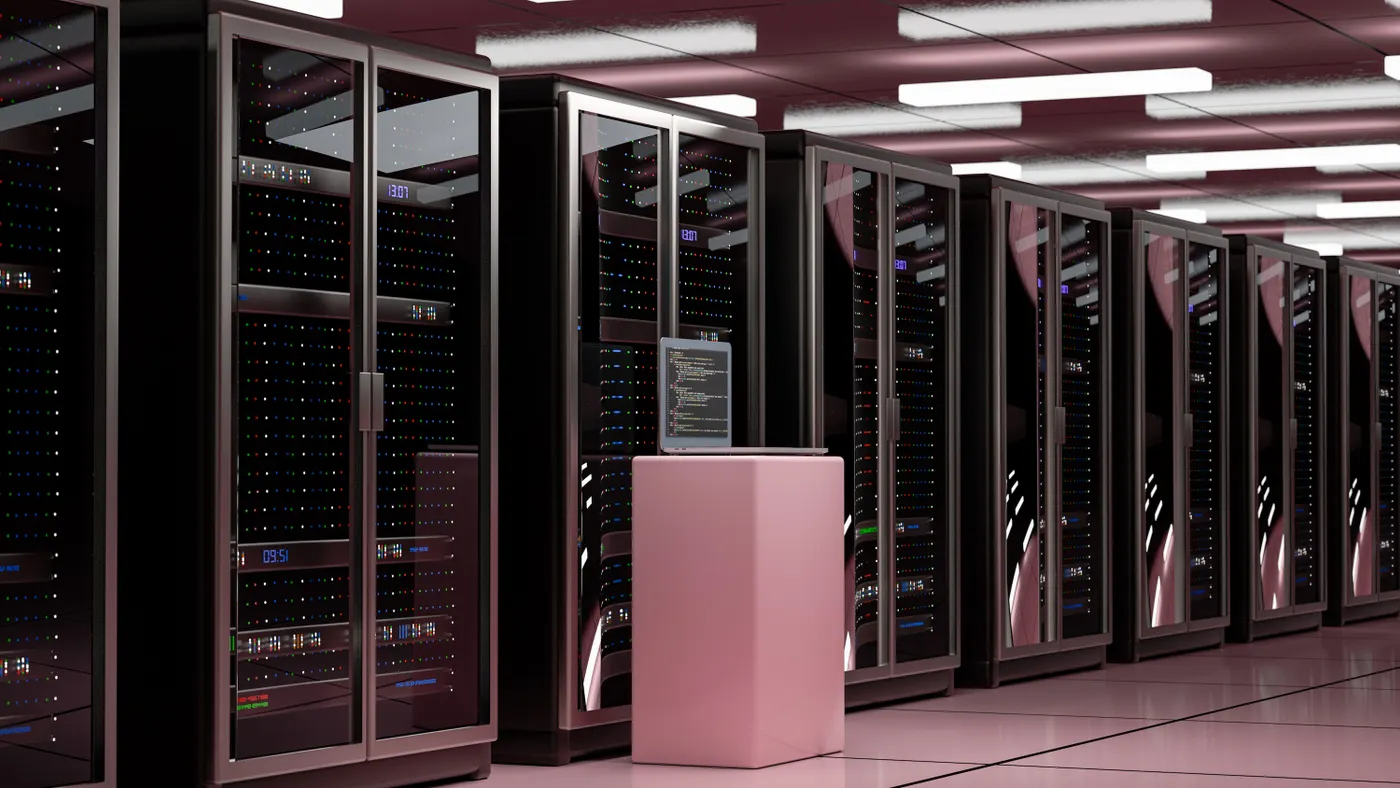
Massive cloud revenues drive hyperscaler building boom
Hyperscale technology providers supported multibillion-dollar data center buildouts by growing revenues last year, according to Synergy Research Group. The top 20 global cloud and internet service firms saw revenues increase by more than 10% year over year to $2.65 trillion in 2024, according to the report.
Revenues from digital services grew by 13%, led by cloud, which spiked 23% year over year, the analysis found. Generative AI-specific cloud consumption more than doubled in 2024, as the technology sparked an infrastructure building boom among the three largest providers, AWS, Microsoft and Google Cloud.
“Some question the logic behind hyperscale companies jacking up their CapEx numbers recently, and again planning to increase investments substantially in 2025,” John Dinsdale, SRG chief analyst, said in the report. “Once you understand the scale and growth of the digital services that the CapEx is supporting, the logic becomes much clearer.”
Cloud compute consumption was on a steady growth trajectory prior to the emergence of generative AI technologies, as enterprises leveraged infrastructure services to drive modernization. Appetite for AI compounded existing demand last year, triggering a capacity crunch and subsequent buildouts.
Amazon, Microsoft and Google, respectively, poured $79 billion, $76 billion and $53 billion into capital expenditures largely to expand their data center footprints and capacity, Dinsdale said in an email.
The spending aligned with each company’s cloud market share. AWS remained the dominant player, accounting for 30% of the $91 billion enterprises spent on cloud infrastructure services in the last three months of 2024, according to SRG research. Microsoft captured 21% of the market while Google Cloud held onto a 12% share in Q4.
The three providers each signaled their intent to maintain elevated infrastructure spending levels in 2025. Amazon CEO Andy Jassy defended the company’s $100 billion infrastructure investment plan for 2025 in a Thursday letter to shareholders.
Microsoft Vice Chair and President Brad Smith said the company pledged $80 billion to data center buildouts during its current fiscal year in a January blog post.
Google isn’t far behind. The third largest hyperscaler plans to spend $75 billion to expand AI and cloud capacity in 2025, CEO Sundar Pichai said during a February earnings call.
The spending surge is broadly reflected in hyperscaler financials. The CapEx to revenue ratios rose to more than 12%, from roughly 10% in prior years, Dinsdale said.
The hyperscalers “operate in capital intensive infrastructure markets, where huge ongoing investments are essential in order to be leading players,” said Dinsdale. The investment levels are “eminently reasonable for infrastructure-oriented industries,” he added in an email. “This picture does not show an extravagant level of spending.”








